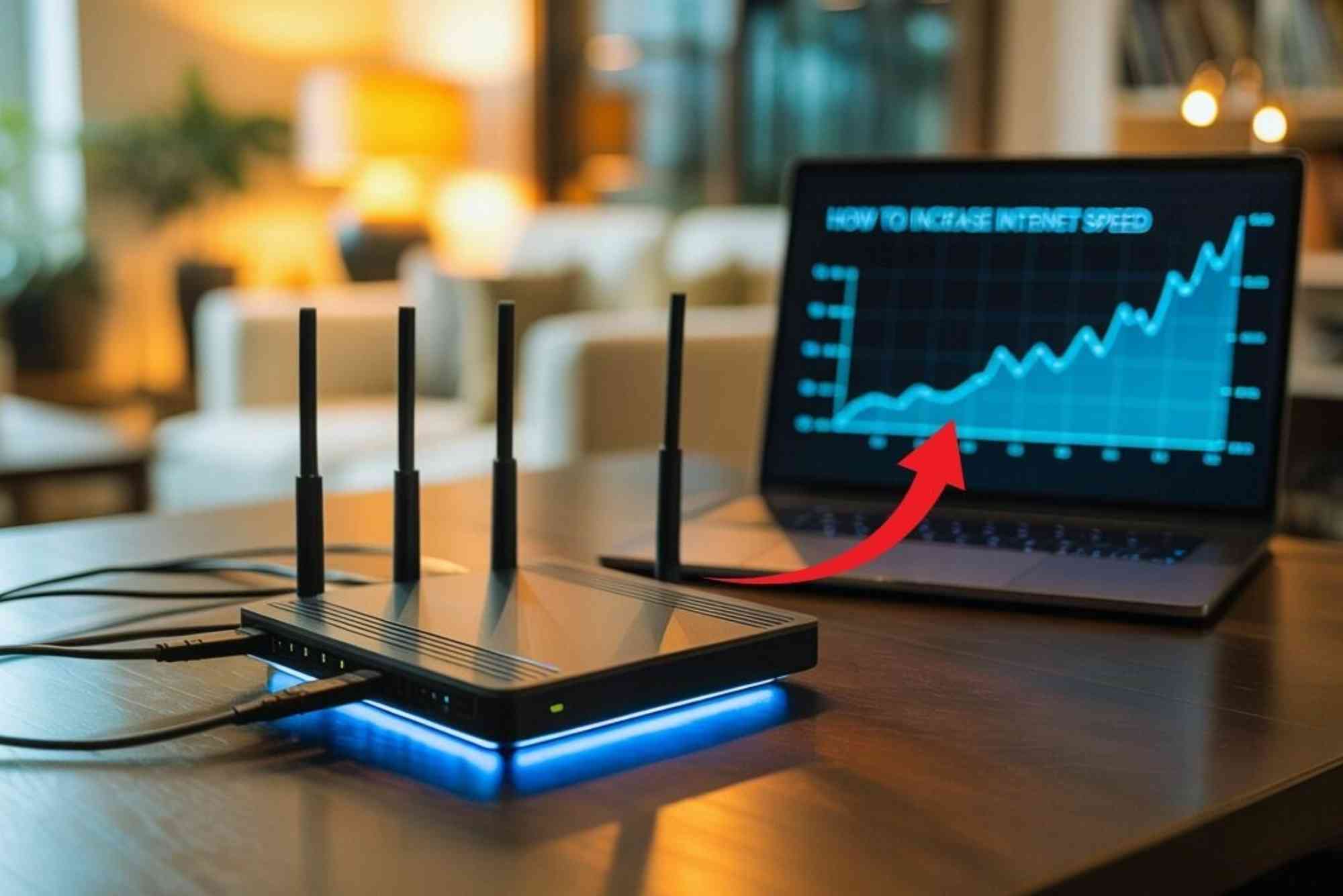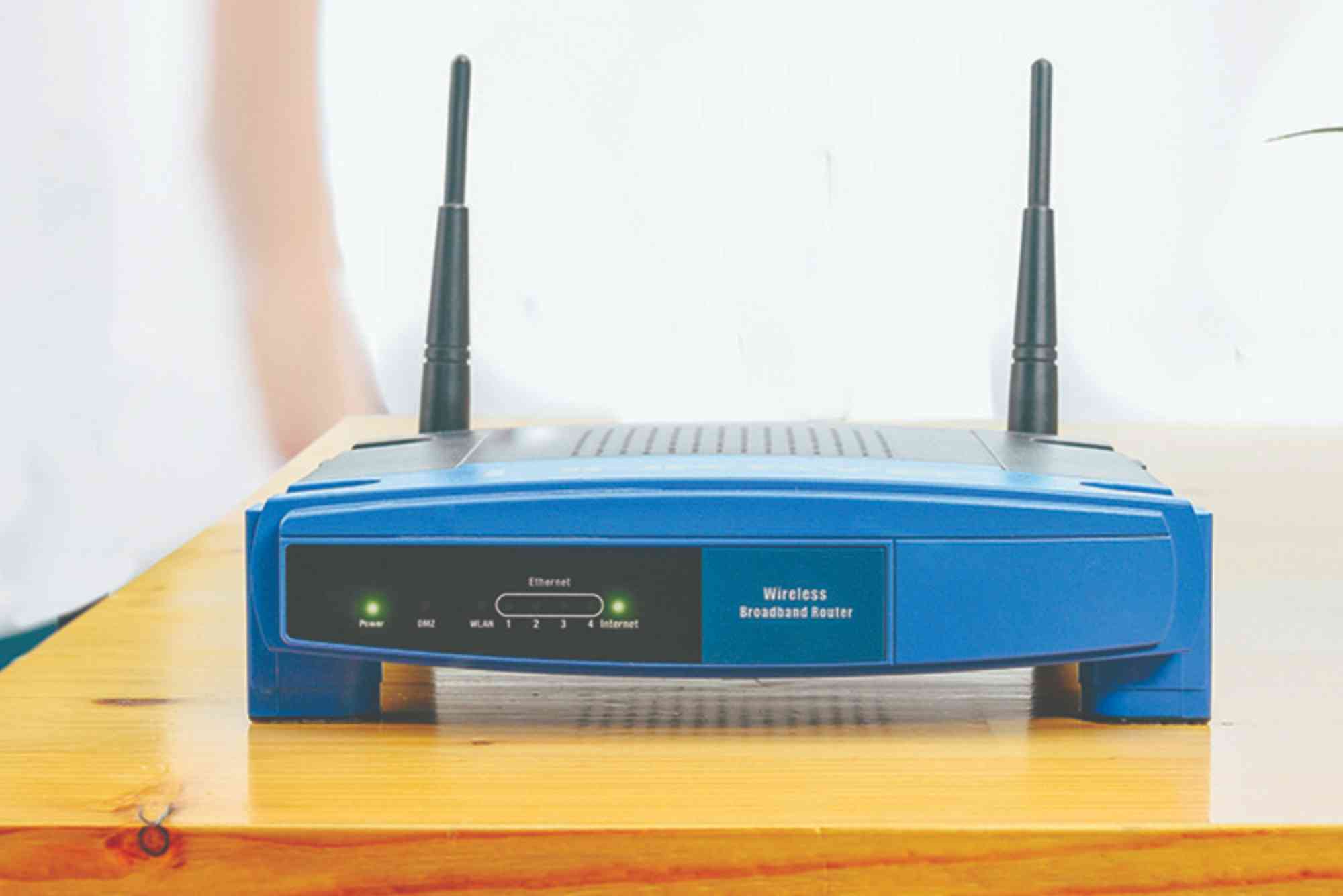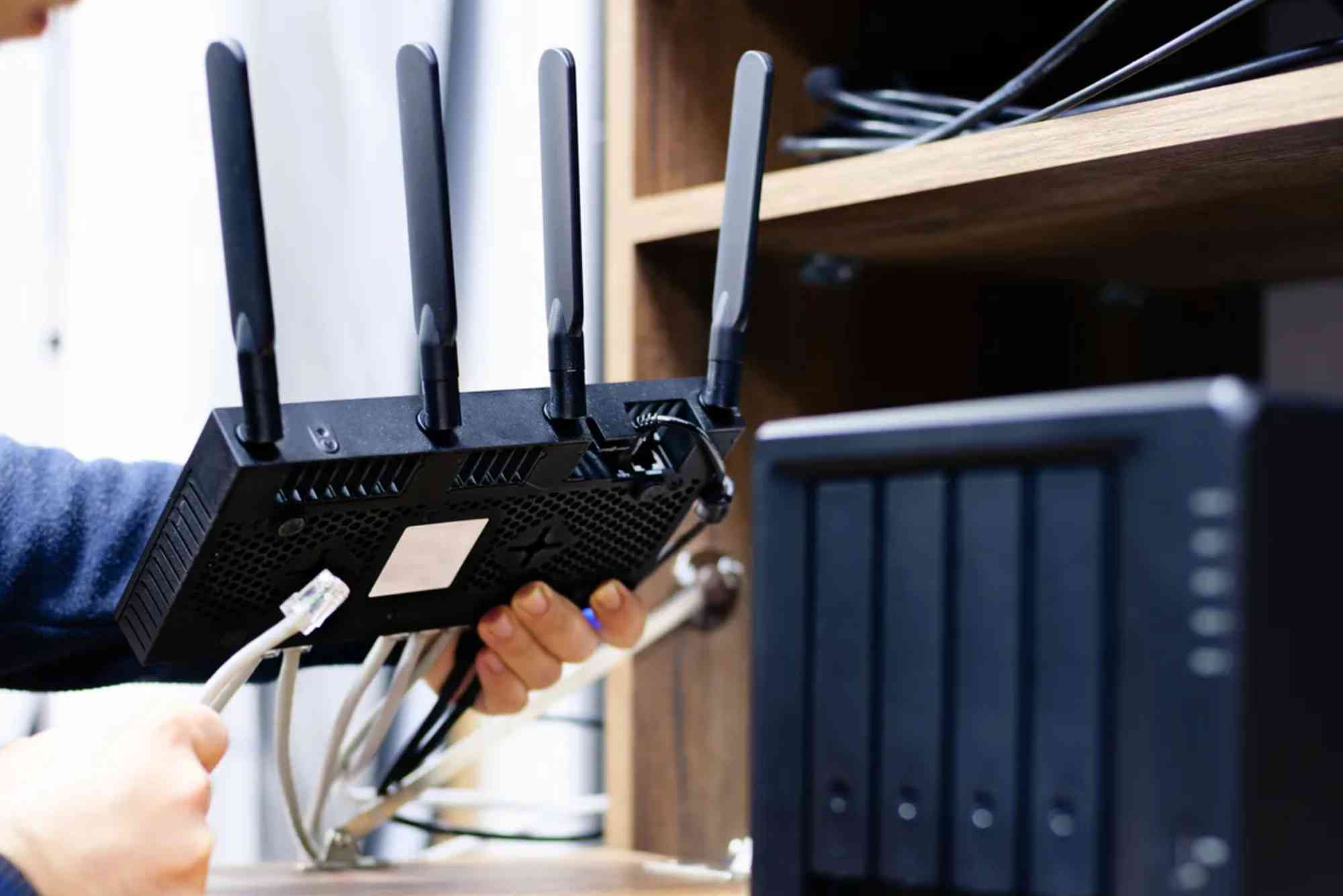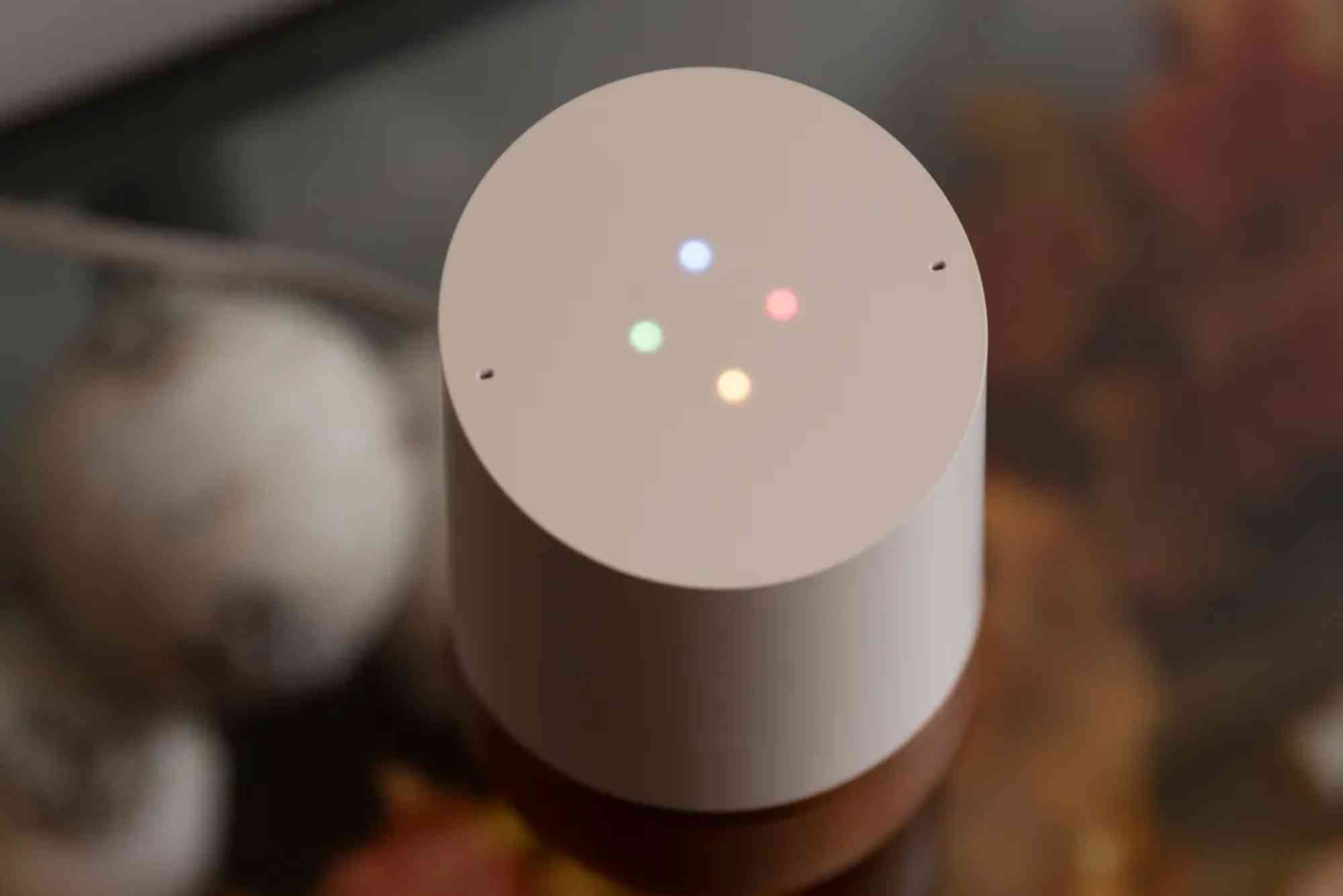Introduction
A stable internet connection is no longer a luxury—it is essential for work, study, and entertainment. Mesh Wi-Fi systems have become increasingly popular for delivering reliable coverage across homes and offices. However, many users face mesh Wi-Fi compatibility issues when mixing devices from different brands or trying to integrate older hardware. These challenges can disrupt connectivity and create frustration, but with the right approach, they can be solved.
This article will explain why compatibility problems happen, how to troubleshoot them effectively, and what steps you can take to maintain a smooth network. Whether you are setting up a new mesh system or adding devices to an existing one, the insights below will help you resolve issues and optimize your Wi-Fi performance.
Why Mesh Wi-Fi Compatibility Issues Occur
Compatibility problems with mesh Wi-Fi often arise because different brands and models use varying technologies and software standards. Even if two devices technically support Wi-Fi 6, their firmware or management apps may not work together seamlessly.
Firmware and Software Limitations
Mesh devices run on proprietary firmware. Some systems only allow same-brand extensions, while others limit third-party integration. Outdated firmware can also prevent new devices from connecting properly.
Frequency Band Conflicts
Many mesh systems operate on both 2.4GHz and 5GHz bands. If a device is locked to one frequency while the mesh node prioritizes another, performance drops or connections fail.
Protocol Differences
Older devices may use Wi-Fi 4 or 5, while new mesh routers rely on Wi-Fi 6 or 6E. Even if they connect, mismatched protocols may slow down the entire network.
Vendor Lock-In
Some manufacturers deliberately restrict compatibility to encourage users to buy all their products. While this ensures consistency, it limits flexibility and creates issues when mixing brands.
How to Troubleshoot Mesh Wi-Fi Compatibility Issues
The good news is that most mesh Wi-Fi compatibility issues can be resolved with proper troubleshooting. Here are some proven strategies:
Update Firmware Regularly
Check the manufacturer’s app or website for firmware updates. Installing the latest version often fixes known bugs and improves device interoperability.
Restart and Reconfigure Devices
Sometimes, a simple restart or resetting the device to factory settings solves compatibility issues. Reconfiguring from scratch ensures old configurations do not interfere.
Standardize Device Brands
Whenever possible, use mesh nodes and extenders from the same brand. This reduces conflicts and ensures better communication across your network.
Use Ethernet Backhaul
If wireless connections keep dropping, consider connecting mesh nodes via Ethernet cables. This stabilizes communication and reduces strain on wireless signals.
Optimize Frequency Bands
Many systems allow you to lock devices to specific bands. Assign low-demand devices to 2.4GHz and reserve 5GHz for bandwidth-heavy tasks like streaming and gaming.
Best Practices for Preventing Future Issues
Once you resolve initial problems, it is important to prevent them from recurring. Here are some preventive steps:
Plan Before Expanding Your Network
Before adding new nodes, check the manufacturer’s compatibility list. Avoid mixing brands unless the vendor clearly states they support each other.
Choose Systems with Open Standards
Look for mesh systems that support IEEE open standards or third-party device integration. These systems are more flexible and future-proof.
Avoid Overloading Your Network
Too many connected devices can overwhelm the mesh system. If you notice slowdowns, prioritize devices or set up guest networks.
Invest in Professional Support
Sometimes the best solution is professional installation. Local providers such as Dhanote Internet Services offer expert guidance and tailored solutions to minimize compatibility issues.
Real-Life Scenarios of Mesh Wi-Fi Compatibility Issues
Imagine you bought a popular mesh router but later added a smart plug from another brand. Suddenly, your smart plug drops off the network. This happens because the plug only connects via 2.4GHz, while your mesh router prioritizes 5GHz for performance. Without manual configuration, compatibility issues persist.
Another common example occurs when households combine an older Wi-Fi 5 system with a newer Wi-Fi 6 node. Although both connect, the older hardware slows down the newer system. The result is uneven speeds, dropped connections, and frustration.
These real-world cases highlight the importance of planning and selecting compatible devices from the start.
Advanced Solutions for Tech-Savvy Users
If you are comfortable with networking, there are more advanced fixes for compatibility problems.
Bridge Mode Setup
Configuring one router in bridge mode can prevent double NAT issues, which often cause connectivity problems with mesh systems.
Third-Party Firmware
In rare cases, advanced users flash devices with open-source firmware like OpenWrt. This adds compatibility and extended features but should be done cautiously.
Custom Network Segmentation
Separating IoT devices, smart TVs, and work devices into different VLANs or SSIDs reduces interference and improves overall performance.
Future of Mesh Wi-Fi Compatibility
Technology is rapidly evolving, and so is mesh networking. Wi-Fi 7 promises faster speeds, wider channels, and better backward compatibility. As open standards improve, mixing devices from different brands may become easier.
However, until that future arrives, users should remain cautious and prioritize system consistency. Investing in a scalable solution from a trusted provider ensures fewer headaches down the road.
(FAQs)
Why won’t my new mesh Wi-Fi node connect to my existing system?
Your system may not support cross-brand compatibility. Always check the manufacturer’s compatibility list before purchasing new devices.
Can I mix different brands of mesh Wi-Fi devices?
Generally, no. Most manufacturers design their systems to work only with their own products. Mixing brands often leads to mesh Wi-Fi compatibility issues.
Why do some devices keep disconnecting from my mesh Wi-Fi?
This usually happens due to band steering, outdated firmware, or weak signal strength in certain areas of your home.
Do older devices work with new mesh systems?
Yes, but performance may be limited. Older Wi-Fi 4 or 5 devices may slow down your Wi-Fi 6 or 6E mesh system.
How do I ensure long-term compatibility?
Choose scalable systems, update firmware regularly, and stick to one brand whenever possible.
Mesh Wi-Fi has transformed how we experience internet connectivity, providing seamless coverage across homes and offices. However, mesh Wi-Fi compatibility issues remain a common challenge, especially when mixing brands or integrating older devices. By updating firmware, standardizing equipment, and working with trusted providers like Dhanote Internet Services, you can overcome these challenges and enjoy a stable, high-performance network.








